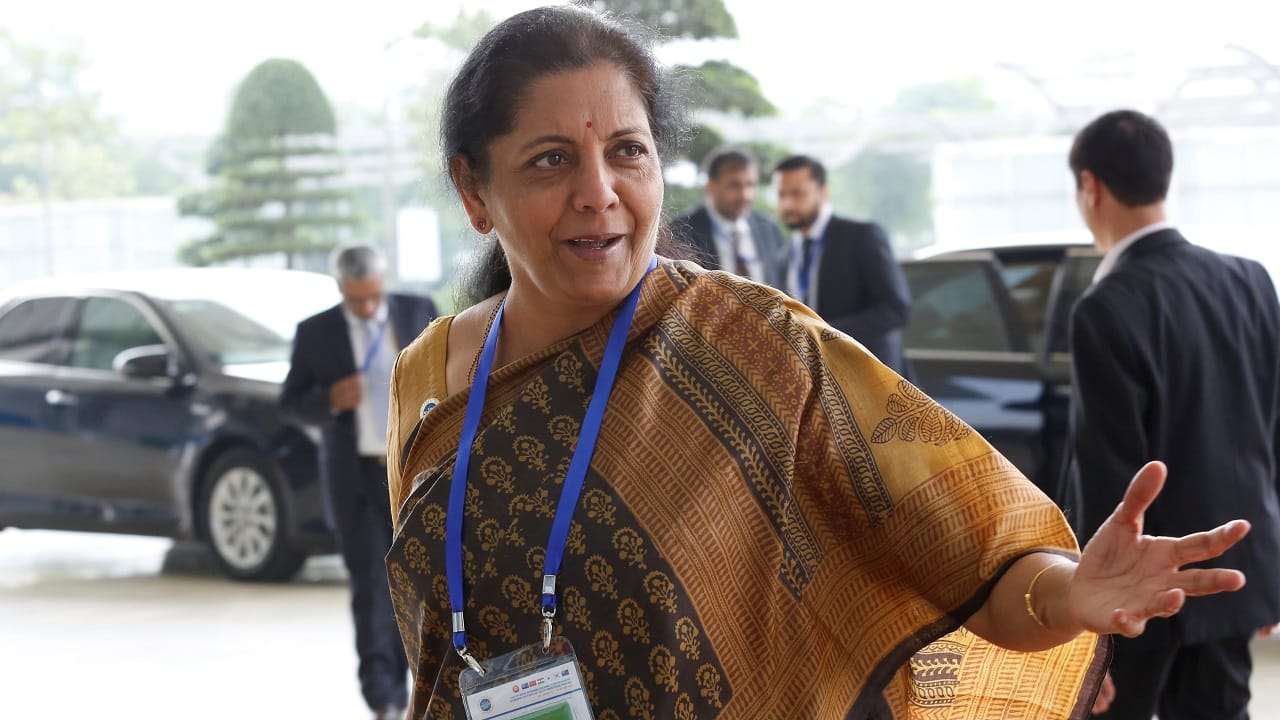Finance Minister Nirmala Sitharaman said on October 19 that the government is open to another round of stimulus measures and that the Centre will come out with fresh growth and budgetary estimates for the COVID-19 pandemic-hit 2020-21.
"I am not closed to the option of further stimulus package. Every time we have announced one, it has been after much deliberation and aimed at specific sections. If there is a need, further stimulus is an option I am open to,” Sitharaman said at the launch of 15th Finance Commission Chairman NK Singh’s autobiography.
“We have only now started doing some sort of assessment (of the economy and budget numbers). We have had inputs now which are very different from July. Sometime, we will have to come out with a statement, whether I do it in public or Parliament is what we have to decide,” she said.
The Finance Ministry has begun the exercise of preparing the 2021-22 Union Budget. The first part of the process is coming up with revised estimates for the current fiscal year, in this case FY21. It remains to be seen if the finance ministry would present fresh GDP numbers for the current year before the Union Budget for next year.
The Reserve Bank of India (RBI) has projected a contraction of 9.5 percent in real GDP for FY21, while the International Monetary Fund (IMF) has forecast a contraction of 10.3 percent.
Speaking at the launch, Reliance Industries chairman Mukesh Ambani said India was perfectly placed to embrace cleaner sources of energy over the coming decades. Listing transformation of energy as one of his aims, he said: “India is in the right space to move away from fossil fuels to renewable energy in the next few decades.”
Ambani also said transformation of India into a digital society and transformation of the education system were some of the initiatives he was planning to undertake.
Discover the latest Business News, Sensex, and Nifty updates. Obtain Personal Finance insights, tax queries, and expert opinions on Moneycontrol or download the Moneycontrol App to stay updated!










